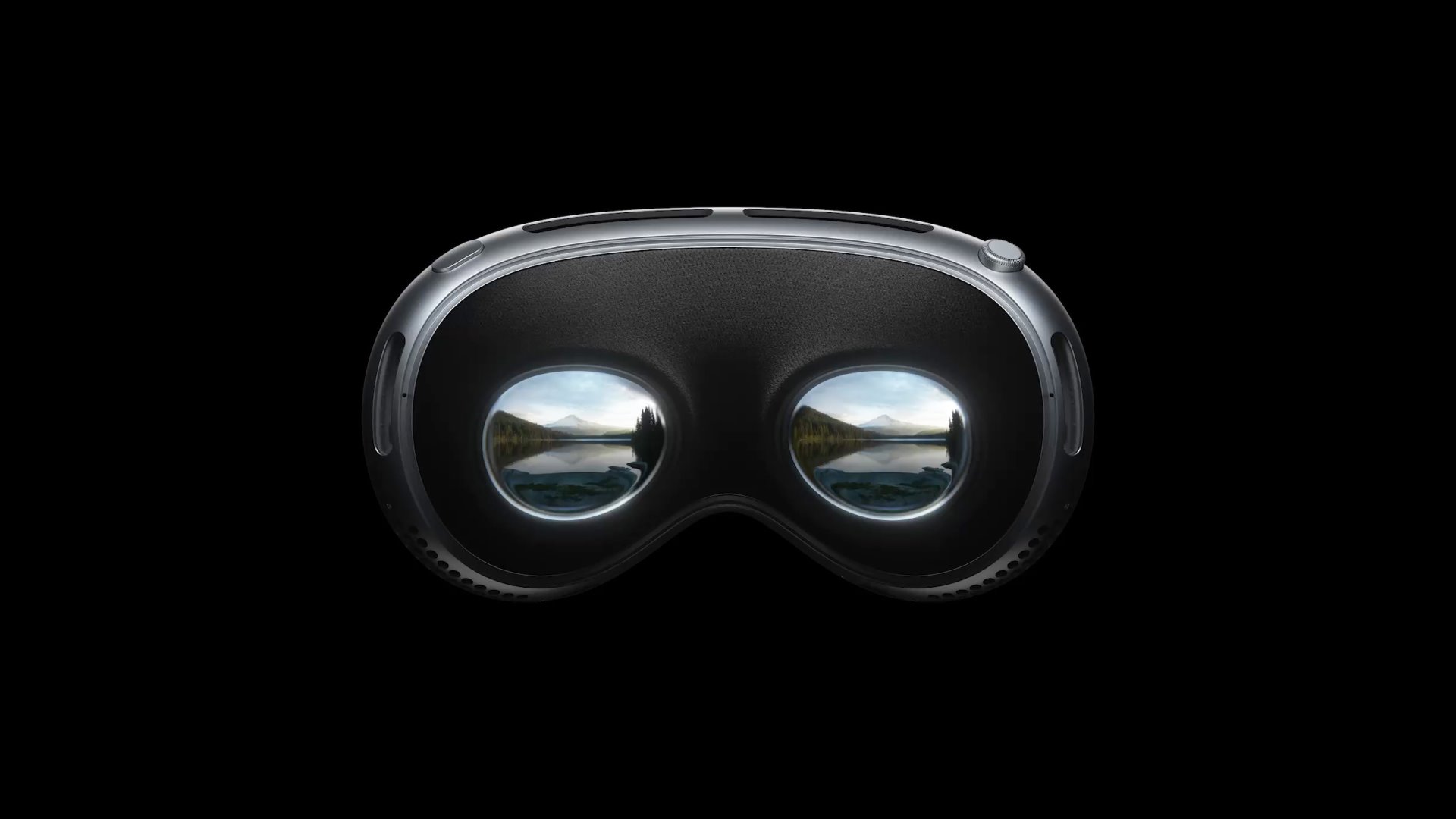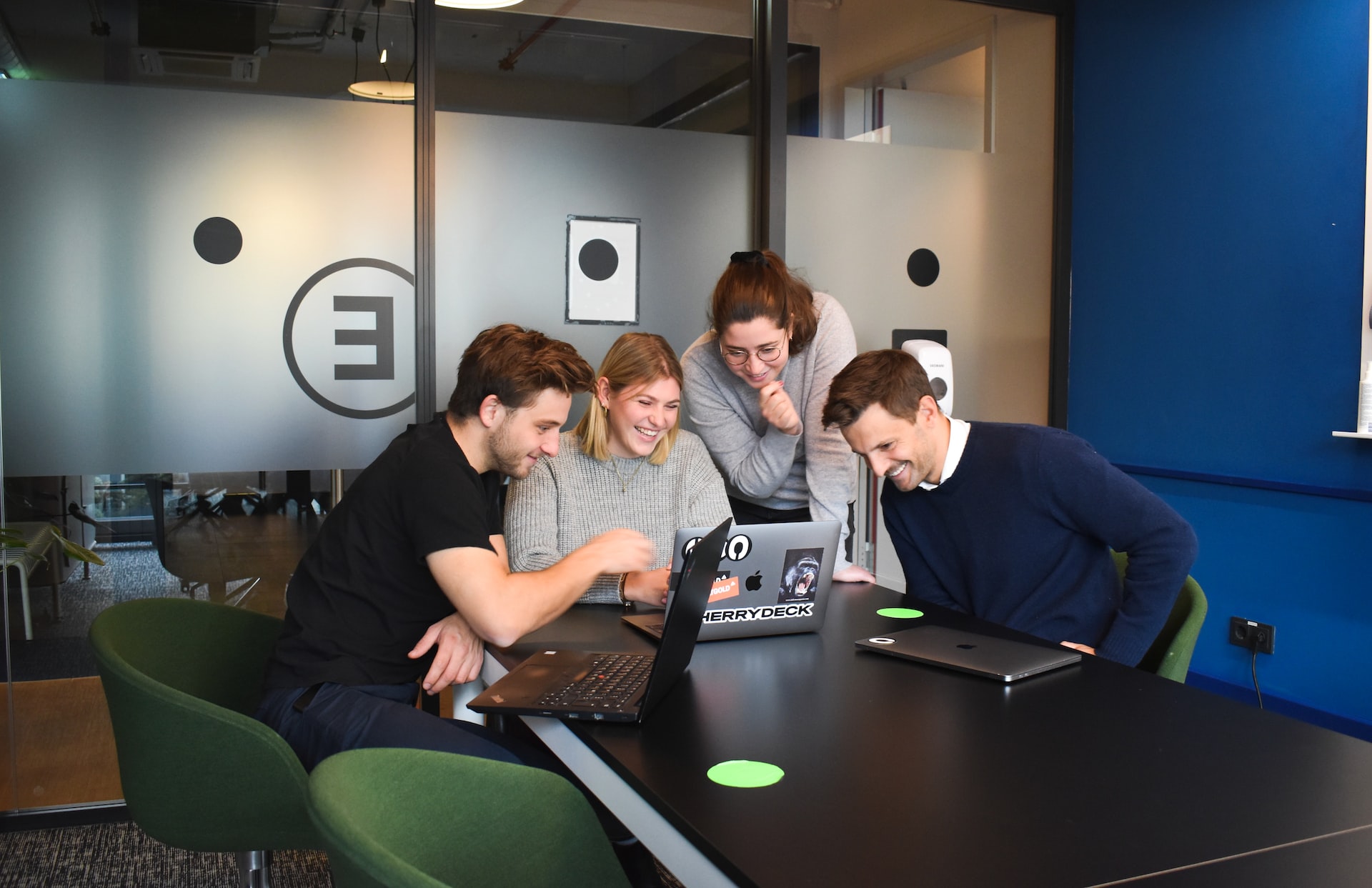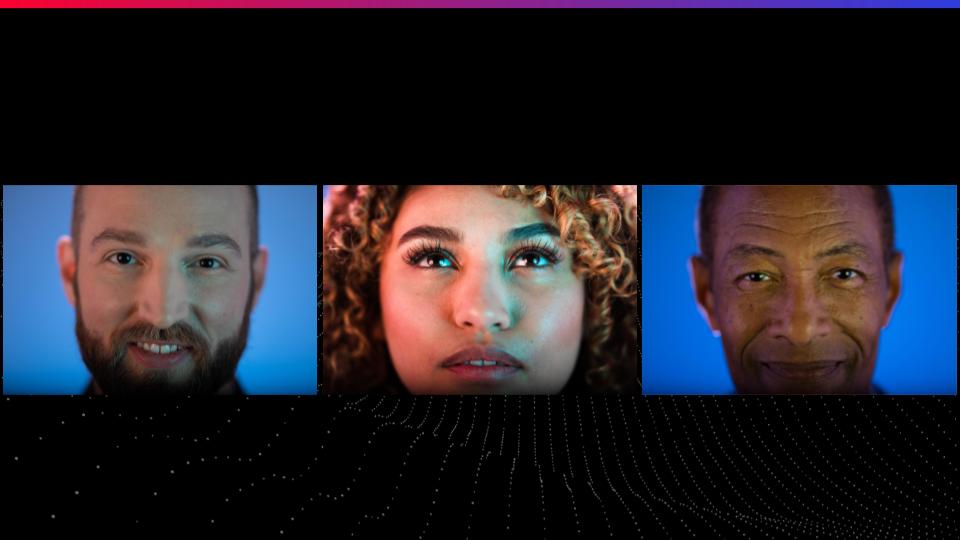Conventional support for employee health and wellbeing has mainly come in the form of benefits such as health insurance and subsidized fitness activities. But now, with mental health a huge concern for the greater workforce, a lot of companies are adopting more innovative and immediate tactics to improve employee wellness.
At the same time, virtual reality (VR) has entered the mainstream lexicon of work as a highly effective way to train workers on both hard and soft skills needed to perform their particular jobs. In this way alone, VR training can have a powerful impact on worker wellbeing. But VR meditation, in particular, is an accessible, scalable, highly effective way to help employees relax, destress, and improve focus.
By offering employees VR meditation tools, your company enables them to better care for themselves in ways that have been scientifically proven to be highly effective.
Why mindfulness matters, and how VR meditation moves the needle
As a scientific fact, meditation reduces stress and anxiety. This epochs-old technique is backed up by entire bodies of modern research. One meta-analysis of more than 200 studies found that “mindfulness-based therapy (MBT)…is especially effective for reducing anxiety, depression, and stress.” And according to a recent study published in the Journal of the American Medical Association, meditation can help reduce anxiety just as well as drug therapies, while practicing mindfulness boosts employee productivity, focus, and collaboration.
Of course, you want your employees to be relaxed and happy. But there’s also a direct connection between individual stress management and tangible business results. comprehensive Oxford University study found that public companies with the highest level of “work wellbeing” outperform others on the stock market. Workers who self-identify as being more happy and satisfied at work — and less stressed — are also more productive, build tighter professional relationships, exhibit higher levels of creativity, and in general, experience stronger health, which means less work missed. As Gallup succinctly puts it:
For employers, the costs of poor employee wellbeing go far beyond insurance — they ultimately impact employee engagement, productivity, and performance.
Mindfulness meditation is a solid path to wellness, but it’s not a practice the average professional has experience with, so it can sound esoteric and unrealistic. And while bringing in a mindfulness instructor for a Friday afternoon meditation session is indeed a lovely perk, it’s not exactly a scalable way to introduce flexible, achievable mindfulness techniques to your entire workforce and see positive results. VR meditation, on the other hand, is approachable, engaging, scalable, and effective for large workforces.
How VR meditation works
In a traditional meditation session, an experienced leader guides participants with breathing, visualization, and a focus on relaxation. Often, a meditation session consists of simple instructions to sit still, close one’s own eyes, and focus on the breath.
VR meditation, on the other hand, happens inside a headset — eyes fully open. It may be led by an avatar or consist of relaxing visuals and auditory cues. The viewer might be transported to a virtual mountaintop, a seaside vista, or a serene forest environment, for example, while experiencing instructions to relax, breathe, or focus on a particular visual — perhaps a beam of light or a star in the night sky.
VR mindfulness experiences are designed to be both engaging and relaxing. Unlike traditional meditation, which is predicated on a sense of discipline and simplicity, guided VR meditation leans into visual beauty and awe. In fact, Frontiers published one study that proved how the sort of “awe” associated with VR meditation experiences imbues “wellness benefits, with feelings of social interconnectivity and increased life satisfaction.”
See Strivr in Action: Book Your Demo Today
Creating a VR meditation space at work
VR meditation engages the senses, tapping into visual and auditory sensory stimulation in particular. Creating a physical environment within which your employees can participate in a guided VR meditation can help enhance that experience and increase its efficacy.
Find a place within your physical office where employees can sequester themselves to participate in a VR meditation experience — a quiet room where noise is buffered and there will be no interruptions. Temperature, smell, and sense of touch are all things to consider. A cold conference room with uncomfortable plastic chairs and bright artificial light is less than ideal. Instead, could you cultivate an environment that mirrors and adds to the relaxing effects of the VR meditation experience?
It’s also important to consider accessibility concerns when you design a space for an immersive meditation experience. While it may be tempting to put that empty janitor closet on the top floor to use as the “VR room,” consider whether all of your employees can easily access and use it.
And, of course, you’ll need to invest in the right VR equipment to enable a virtual meditation experience for your employees — which typically means headsets and an app or VR platform.
How Strivr elevates the experience of VR meditation
There are already many VR meditation apps on the market, so it’s not always necessary for companies to design their own. In fact, as of 2021, there were at least 20,000 mental health apps on the market, many of them including forms of meditation or mindfulness practice. However, it’s important to note that the great majority of these apps were designed for consumer use, and most do not take advantage of VR technology.
Strivr works directly with enterprise organizations to create Immersive Learning experiences that train, onboard, upskill, and re-skill employees at all kinds of companies. For Strivr customers, in-headset mental health and well-being experiences are now available in partnership with Reulay and Healium. These VR meditation modules are designed to tackle increasing levels of employee burnout, depression, and anxiety and help enterprise companies support their staff in achieving a higher level of well-being going forward.
If your company is already using Strivr, this may be a great addition to your VR canon, offering your employees a way to access periodic mental health breaks in a safe virtual environment. And if you’re not currently a Strivr customer, perhaps this is your entry point.
After all, the right culture and proactive training both support employee wellbeing. For this reason, companies are making intentional choices in their HR and L&D practices in order to better equip, prepare, onboard, upskill, and retain their employees — and not just in terms of their professional skill sets. Most companies today are well aware that providing a positive culture and the tools to ensure employee wellbeing are just as important as skill-set training.
To read more about Strivr’s new VR meditation offering, read the May 2023 press release. To learn more about Immersive Learning in general, a great place to start is the blog post How the right training supports employee wellbeing.





